Let us return briefly to a simpler time. No, not the shiny lies of the 1950s… I’m referring to a much simpler time, I’m talking 2005.
Picture it: I’m one of those strange people who owns a PowerMac G5 because I need its RAM and music production capabilities rather than because I want to pose in my local Starbucks (although the mesh metal tower was kinda cool). As I sit, plugged into the interweb, trying to navigate compatibility issues with work colleagues who are mostly on PCs, every now and then I place a music CD into my Rom drive and upload an album to iTunes.
This is new and exciting…this fab new programme is letting me put all my hundreds of CDs in one place and then... it transfers them to my iPod, allowing me to carry all my music around with me. Mind Blown!
ITunes was just a toddler in 2005: album info was still added to its database by individuals rather than labels (many of whom clearly couldn’t spell) and the artwork its search function managed to choose from the paltry online selection were often questionable and sometimes comical. But here’s the thing… it felt like mine to use as I saw fit.
Fast forward 13 years. Apple is now the biggest company on the planet and my sweet little iTunes is now a stroppy teenager that throws a tantrum every time I dare to try to exercise my will. This reached a new peak three weeks ago when I foolishly caved to the constant badgering to sign up to Apple Music (it’s free for the first three months you know!) Once I pressed those fateful buttons (it all happened suspiciously quickly) Apple took command of my iTunes library – reordering albums, deleting playlists and trying to tell me what I wanted to listen to. I uninstalled it within a couple of days and began the work of repairing my beloved library.
At the same time as Apple and its growing army of competitors (did anyone really need a YouTube music service?) are becoming ever more controlling there has been an upsurge in people reverting to physical music formats. The return of vinyl is well documented but even cassette tapes have made a resurgence. Yes, tapes - those annoying things that got chewed up regularly and put sound quality back 20 years saw a 35% rise in sales in 2017 over 2016. CDs sales are still declining, but it is now often cheaper to buy a CD than the digital equivalent and if you purchase it from somewhere like Amazon, they might even kindly autoripit for you, so there’s no need to upload said CD when it arrives.
So here I am in 2018 – running an independent record label that (almost) exclusively deals in digital music and yet I’ve spent the summer buying CDs – probably more than I’ve bought in a long time. I am sure 2005 me would be very confused, but the maths makes it easy. This summer I decided to expand my Fleetwood Mac collection (I’ll explain why it has taken so long another time) so went to buy their seminal album Rumours. It was £8.99 on iTunes or the CD was £4.99 from Amazon. Eh? I paid half the price and actually own the CD so if the day ever comes when Apple collapses (you’d get some seriously long odds on that at the bookies) I can smugly brandish my physical copy because I own it and I’m not just renting it for as long as the service exists. Yes, the CD lives in the cupboard, but darn it, I feel like I’ve taken back a teeny, tiny piece of control and it feels good. I miss the simplicity of 2005. Go figure…
